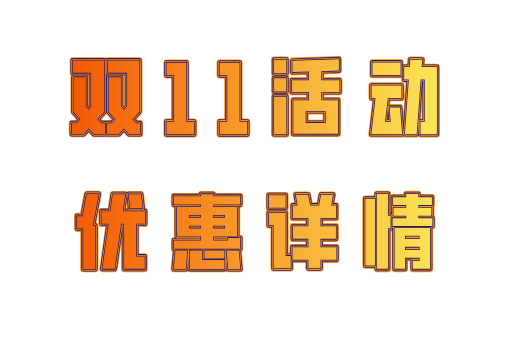英文文献:Upstream-downstream benefit analysis of policy on water use by upstream tree plantations
英文文献作者:Nordblom, Thomas L.,Hume, I.H.,Finlayson, J.D.,Pannell, David J.,Holland, J.
英文文献摘要:
This study focuses on the problem of water use by new upstream commercial tree plantations where fully-committed water entitlements are already held and traded among downstream sectors (urban water, wetlands and agricultural industries). High tree product prices strongly incentivise expansion of upstream plantation areas, particularly if there is no accounting for the predictable extra interception and use of water by trees. Planters could benefit greatly at the expense of downstream water users. Plotting this in a public-private benefit framework (PPBF) suggests a policy of “flexible negative incentives” to limit expansion of new trees, rather than ‘across the board’ banning of new plantations. We explore the ‘flexible’ option and the current ‘no control’ option for a case-study area, the Macquarie River catchment in central- west NSW, Australia, using three scenario sets: (1) Policy setting — without or with the requirement for distributions of water use entitlements to be handled by extending the existing downstream market to new upstream plantations (the flexible negative incentive). (2) Expected tree-product values — four exogenous levels ($40, $50, $60 or $70/m3), provide positive incentives for establishing trees. (3) Water quality — FRESH or a hypothetical SALTY scenario where one of six up- stream watersheds seeps so much salt into the river that water for urban use is compromised when new plantations reduce fresh water yields from the other five. We estimate quantitative consequences of all 16 combinations of the above scenarios, and show how an extended water market can deliver “flexible incentives” for efficient water distributions in which all new upstream and old downstream users either benefit by trading or remain unaffected.




 雷达卡
雷达卡



 提升卡
提升卡 置顶卡
置顶卡 沉默卡
沉默卡 变色卡
变色卡 抢沙发
抢沙发 千斤顶
千斤顶 显身卡
显身卡








 京公网安备 11010802022788号
京公网安备 11010802022788号







